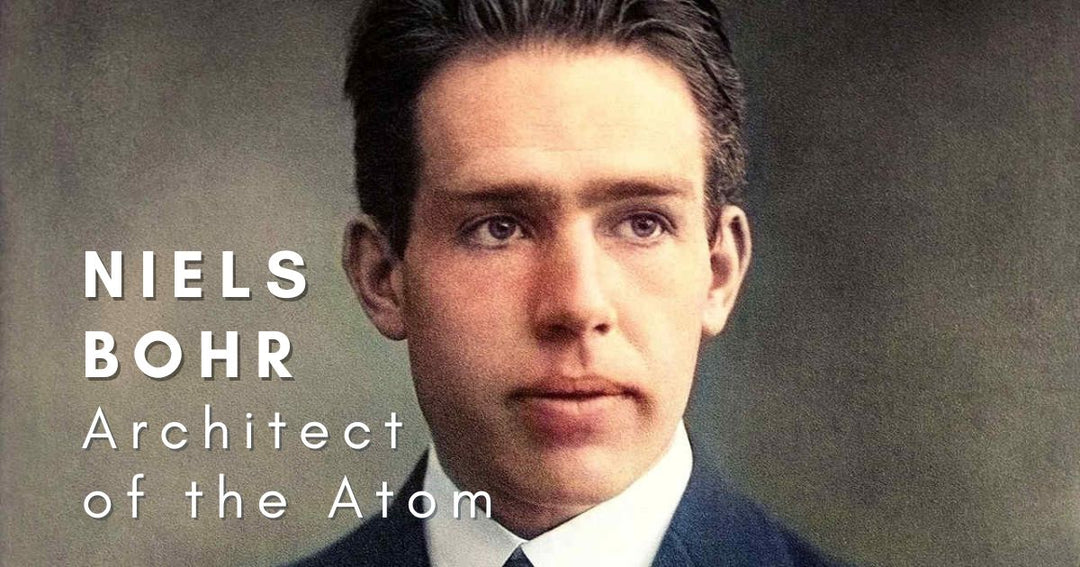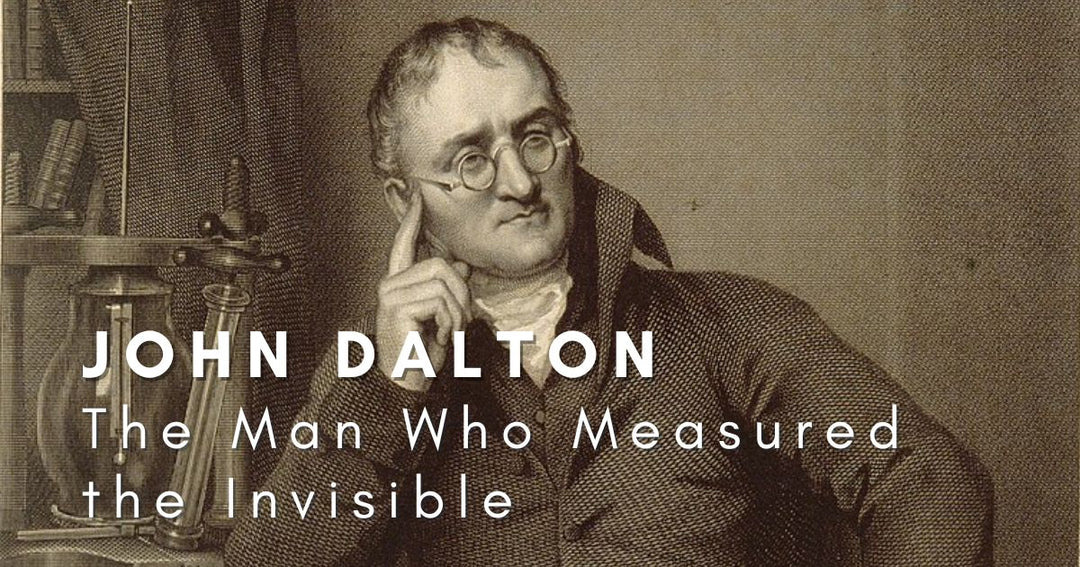Niels Bohr: Architect of the Atom

Niels Henrik David Bohr was born in 1885 in Copenhagen, Denmark, into an intellectually vibrant household. His father, a physiology professor, often hosted scientists and philosophers at their home. Bohr grew up immersed in ideas and debate, fluent in both science and humanism from an early age.
But it was physics that would become his native language.
He studied at the University of Copenhagen and earned his doctorate in 1911 with a thesis on the electron theory of metals. Eager to test his ideas beyond Danish borders, he went to study under J.J. Thomson at Cambridge, and later Ernest Rutherford in Manchester - whose recent discovery of the atomic nucleus had just rewritten the rules of atomic structure.
It was there that Bohr would make his breakthrough. Rutherford's model showed atoms as tiny solar systems with electrons orbiting a nucleus, but it violated classical physics—those electrons should have spiraled inward and collapsed.
Something was deeply wrong with the existing theories.
In 1913, Bohr proposed his model of the atom, a revolutionary idea that blended Rutherford’s nuclear model with quantum theory. Unlike earlier models, Bohr’s atom placed electrons in discrete energy levels or "shells," with electrons jumping between them by absorbing or emitting fixed amounts of energy - quanta. It was a daring hybrid of classical mechanics and new quantum principles. This explained why atoms didn't collapse and why they emitted light at particular wavelengths.

His model became the foundation of quantum mechanics, influencing generations of physicists. For this work, Bohr received the Nobel Prize in Physics in 1922. But rather than settle into his fame, he built something bigger.
In 1923, Bohr founded the Institute for Theoretical Physics in Copenhagen, which became a hub for the world’s most brilliant young physicists - including Werner Heisenberg, Wolfgang Pauli, and Max Born. Together, they forged the early quantum revolution, with Bohr as both mentor and provocateur.

But not everyone agreed with his ideas.
Bohr’s famous debates with Albert Einstein over the nature of quantum reality—particularly Einstein’s discomfort with the randomness at the heart of quantum mechanics - became legendary. “God does not play dice,” Einstein insisted. Bohr replied, “Stop telling God what to do.”
 His influence, however, extended beyond theory.
His influence, however, extended beyond theory.
During World War II, Bohr escaped Nazi-occupied Denmark and eventually made his way to the United States, where he contributed to the Manhattan Project. After the war, he became a vocal advocate for international cooperation and the peaceful use of nuclear energy.
And beneath the physics, Bohr remained thoroughly human.
He was famously absent-minded -sometimes losing track of keys, time, or even the thread of conversation. He spoke slowly, often pausing mid-sentence, puzzling through problems aloud. Yet students adored him. He created an atmosphere of openness and intellectual honesty that shaped the culture of modern physics.
Niels Bohr died in 1962, but his legacy lives on in every quantum computer, every laser, and every technology built on our understanding that at the smallest scales, nature behaves nothing like our everyday intuition suggests.








Leave a comment